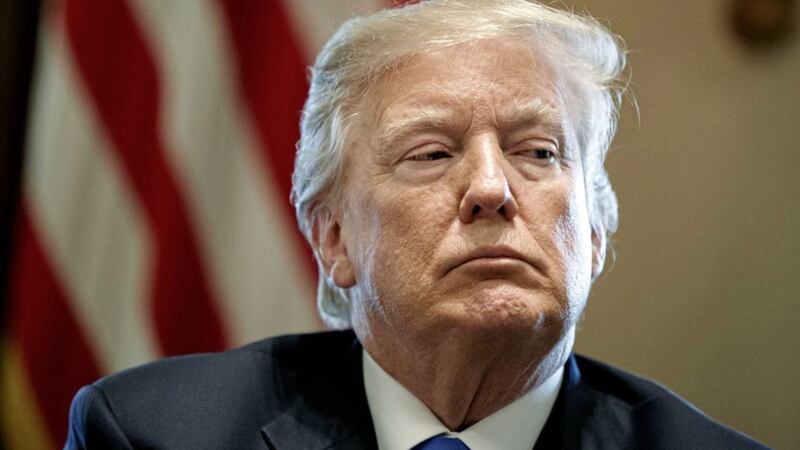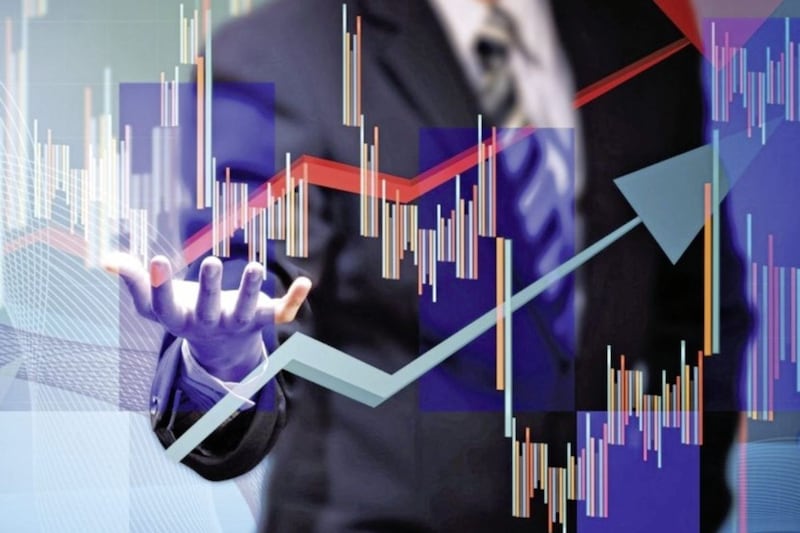AS the weather at last indicates an end to the seemingly endless winter and thoughts turn to spring, are the old market sayings likely to hold good this year? The most well-known is of course “sell in May and go away…” , but with May just around the corner and the market some way below its high, there is room for doubt. Since the beginning of the year the FTSE 100 has risen to a new peak in the middle of January, but after that it has generally tracked downwards, although the last three weeks or so has seen something of a rebound. Overall the first quarter was decidedly unpromising, with the market falling by over 7 per cent, a somewhat rude awakening after a strong performance throughout most of 2017.
Predicting the market’s future path has always been fraught with difficulties and although there have been many who have claimed to have accurately anticipated its path in truth this rarely happens consistently. The current situation is no exception. On the one hand global tensions are rising: there is the danger of a renewed cold war with Russia, the situation in Syria is highly volatile and the US President is at best unpredictable and all this without mention of the B word (Brexit).
However, as has already been said, it is the economy that has more impact on global markets than geo-political events. Here too, though, things are far from clear. The advent of quantitative easing has muddied the waters and the useful indications that were previously provided by the bond market are now contradictory, making it even harder than usual to interpret. We are seeing the highest yield on the US two year Treasury note for ten years, but it is the speed of the rise that is notable – it has almost doubled in a matter of months. This is an indication that US interest rates are expected to rise probably at least twice in the near future, with the expected rise in inflation as one of the key factors. Further out the picture is less logical: usually longer-dated bonds would be expected to have a higher yield to compensate for the greater uncertainty involved in investing for a more extended period of time but there is a remarkably small premium of the ten year yield over the two year yield. This implies low growth and inflation, despite the clear evidence that expectations of the latter are rising.
Basic investment theory states that all information should immediately be reflected in market prices. This appears to be disrupted in some areas now and the result is that we are facing a very confusing investment picture. On the one hand, earnings are rising, thereby providing some support for share price rises, but on the other hand, there are a number of indicators pointing to the fact that good news is more likely to be in the price and thus there is a high chance of some sort of correction. Caution, as ever, seems to be necessary and predicting the market’s path is still a mug’s game.
:: Cathy Dixon is a director at the Belfast office of Cunningham Coates Stockbrokers, a trading name of Smith & Williamson Investment Management (SWIM). This article does not constitute a recommendation to buy or sell investments and the value of any shares may fall as well as rise. Investments carry risk and investors may not receive back the amount invested. The views expressed are those of the author and not necessarily of SWIM.






